
Asia suffers from overtourism
Historic towns are packed with tourists. Beaches are deserted with towels, chairs and umbrellas. Tourists are arrested for being drunk and disorderly.
The problem of overcrowding has been a familiar theme for summer trips to Europe in recent years.
However, this is also happening in parts of Asia, with some of the continent’s most popular destinations now reaching their tourism limits, affecting the quality of life of residents and negatively impacting the iconic sites that draw visitors in the first place.
“Bali is an example,” said Gary Bowerman, a travel and consumer trends analyst in Kuala Lumpur, Malaysia, when asked about some hot spots in Asia.
According to Mr. Bowerman, many destinations need tourists to develop their economies and that is what has led to too many people coming to the same place at the same destination.
“Kyoto was the most crowded stop and also our least favorite stop of the trip,” said Shannon Clerk, an American tourist who recently visited Japan.
To avoid the crowds at the historic city's famous Fushimi Inari Shrine, Clerk said his group woke up at 5 a.m. They then spent time walking through the crowds of people bustling on the sidewalks and through the markets.
Analyst Bowerman says the problem of overtourism stems from many factors.
Pent-up demand from the pandemic, cheap airfares, a growing middle class, a passion for travel in many countries (including the world's two most populous countries, India and China), and attractive promotional campaigns by many travel agencies have attracted large numbers of tourists from around the world to Asia.
The number of tourists increased
The Pacific Asia Travel Association (PATA) noted that tourism in Asia has had a spectacular recovery after a pause due to the pandemic.
According to PATA's latest mid-year report, Northeast Asia (including China, Japan and South Korea) is leading the way with a staggering 20% tourism growth in the first six months of 2025.
Even once-untouched destinations like Mongolia are reporting a surge in visitors.
Looking at Southeast Asia, which is about to enter its traditional festival peak season, tourism is growing particularly rapidly.
In Thailand, the provincial government of Phuket recently announced plans to address some of the major challenges facing the island, including traffic congestion and water shortages, as the island struggles to keep up with growth.
In Japan, according to Kyoto city officials, a total of more than 56 million international and domestic tourists visited the historic city by 2024.
In addition to the diminished tourist experience, overtourism also negatively impacts the lives of local people.
Residents of the city of about 1.5 million people are particularly frustrated by the influx of tourists that clog narrow streets and alleys in the city center, as well as overcrowding on public trains and buses, which are the main means of transport for locals to get to work and school.
According to a survey in Japan's Yomiuri Shimbun newspaper, about 90% of Kyoto residents complain about overtourism.
Aside from the overcrowding, one of the biggest grievances is rude or disrespectful behavior from foreign tourists.
Many tourists seem to regard Kyoto as more of an amusement park than an ancient, sacred, and very spiritual city.
“There is a sense of disorientation among Japanese people when one in three are foreign tourists,” explains Yusuke Ishiguro, associate professor at the Graduate School of International Media, Communication and Tourism at Hokkaido University.
Faced with this situation, Mr. Nikki Scott, Founder and Editor of Backpacker Network and South East Asia Backpacker magazine, pointed out the main negative impacts of overtourism.
Specifically, over-touristed destinations have destroyed the local environment through construction, negatively impacted nature and resources due to too many tourists, and erased local culture to serve tourism needs.
“Unfortunately, there are many places in Asia that are suffering from the impacts of overtourism in various ways. The most threatened places in Southeast Asia are islands and beaches,” Ms. Nikki Scott emphasized.
Source: https://baovanhoa.vn/du-lich/chau-a-doi-mat-voi-tinh-trang-qua-tai-du-khach-178830.html



![[Photo] Lam Dong: Close-up of illegal lake with broken wall](https://vphoto.vietnam.vn/thumb/1200x675/vietnam/resource/IMAGE/2025/11/03/1762166057849_a5018a8dcbd5478b1ec4-jpg.webp)

![[Photo] General Secretary To Lam receives Singaporean Ambassador Jaya Ratnam](https://vphoto.vietnam.vn/thumb/1200x675/vietnam/resource/IMAGE/2025/11/03/1762171461424_a1-bnd-5309-9100-jpg.webp)
![[Photo] Prime Minister Pham Minh Chinh receives the Chairman of the Japan-Vietnam Friendship Association in the Kansai region](https://vphoto.vietnam.vn/thumb/1200x675/vietnam/resource/IMAGE/2025/11/03/1762176259003_ndo_br_dsc-9224-jpg.webp)
![[Photo] Fall Fair 2025 and impressive records](https://vphoto.vietnam.vn/thumb/1200x675/vietnam/resource/IMAGE/2025/11/03/1762180761230_ndo_br_tk-hcmt-15-jpg.webp)
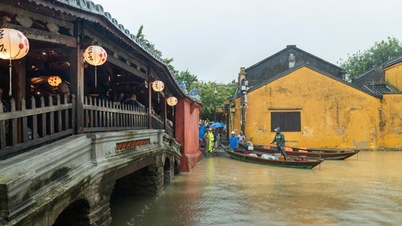









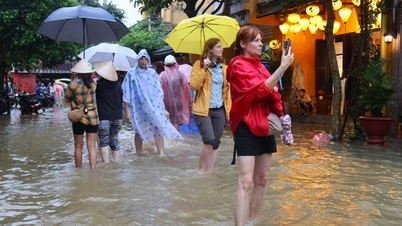

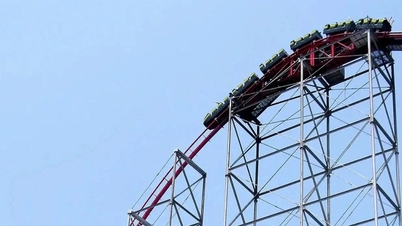




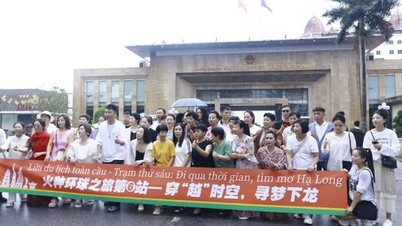

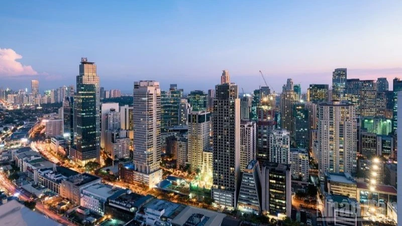





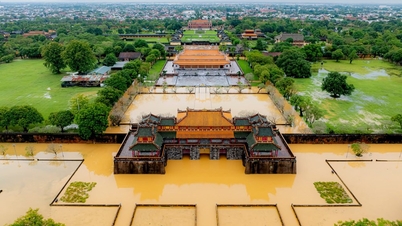



















































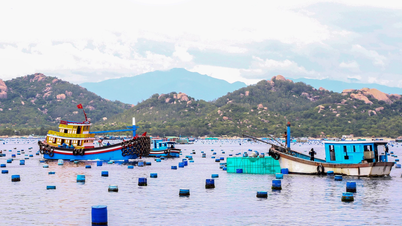




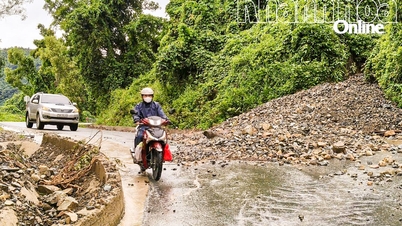


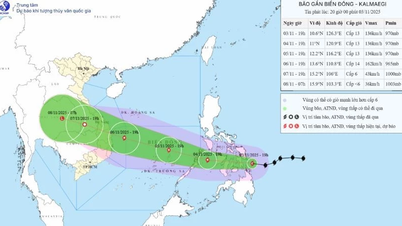















Comment (0)